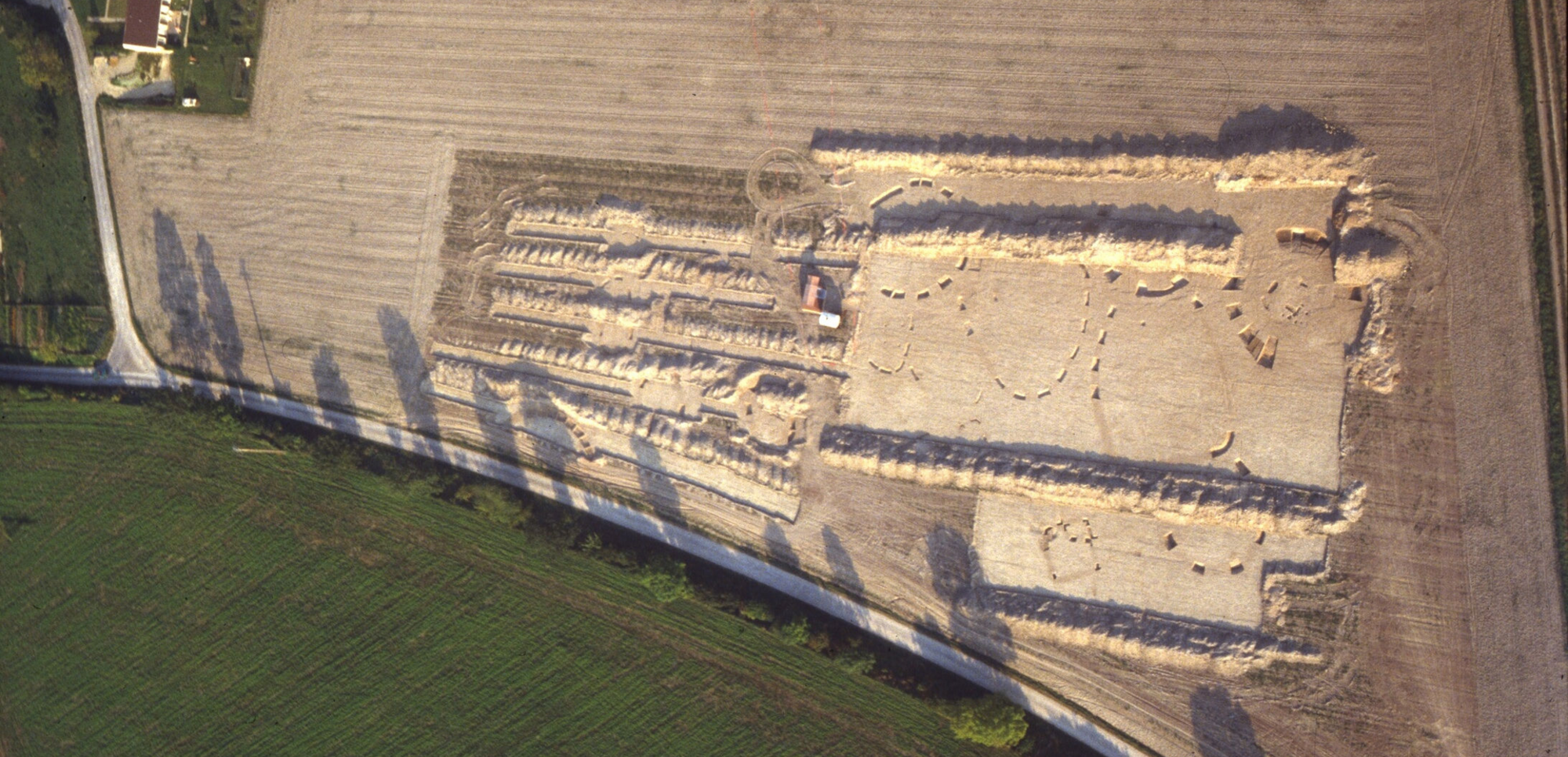
- Home
- The Necropolises
- Funerary rituals
From the 5th century BC onwards, burial was the rule. The dead were placed in quadrangular graves, laid on their backs, their arms to their sides, their feet facing east. The men carried their weapons and the women wore their jewellery. The only exceptions were the tombs of the local chiefs (their wives as well), who were buried on their chariots. Funerary offerings of food and jars were placed at the feet or alongside the corpse.
The mid 3rd century BC saw the appearance of the funerary rite of cremation. It would quickly gain in popularity. The dead were placed on a funeral pyre and their cremated bones were placed in quadrangular graves, generally quite small. The bones were either placed in one or more jars, or directly on the floor of the tomb in one or more piles. The personal objects placed on the funeral pyre were usually destroyed. Depending on the status of the deceased, the number of jars buried with him could be greater than twenty. He was accompanied by cuts of meat, often pork, and sometimes of other animals, birds, dogs, etc. Some offerings of meat were placed with the deceased on the funeral pyre and their bones are mixed together. The nobility benefited from large burial chambers whose layout was reminiscent of the interior of their homes, topped by an enormous mound or a mausoleum. A large proportion of the population, however, was not entitled to a tomb and while, as at Acy-Romance, we know the specific fate of some of them, it has to be accepted that the large quantities of human bones found scattered were the abandoned remains of the dead.
Associated media
Open Media Library
